Explore the Best AI Image Gallery
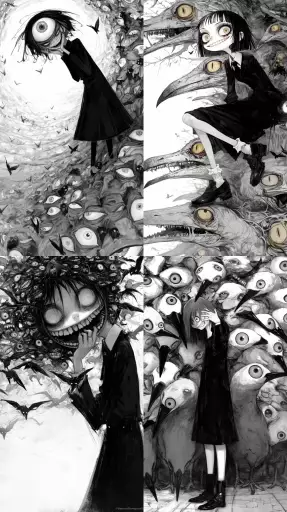
Beyond the Canvas: How AI-Generated Visual Content is Reshaping Creativity
The creative landscape is undergoing a profound transformation, driven by the emergence of artificial intelligence (AI) and its ability to generate compelling visual content. From stunning artwork to realistic images and captivating animations, AI-powered tools are empowering artists, designers, and individuals across industries to push the boundaries of imagination and expression.
A New Era of Artistic Possibilities
AI-generated visual content opens up a world of possibilities for creators. Artists can leverage AI algorithms to explore new styles, experiment with unconventional concepts, and bring their artistic visions to life in ways never before imagined. Designers can utilize AI to generate product mockups, create immersive virtual environments, and personalize user experiences. Marketers can harness the power of AI to produce engaging visual content for social media campaigns, advertising, and brand storytelling.
Applications Across Industries
- Art & Design: AI algorithms can generate unique artwork in various styles, from abstract expressionism to photorealistic paintings. Artists can collaborate with AI tools to enhance their creative process, exploring new ideas and pushing the boundaries of artistic expression.
- Marketing & Advertising: AI-powered tools can create personalized visual content tailored to specific audiences, generating eye-catching graphics, engaging videos, and immersive brand experiences.
- Gaming & Entertainment: AI can generate realistic game environments, characters, and animations, enhancing the immersive experience for players. It can also assist in creating interactive narratives and dynamic storytelling elements.
- Architecture & Design: AI algorithms can help architects design innovative structures, optimize building layouts, and visualize complex designs with stunning 3D renderings.
Ethical Considerations
While the potential of AI-generated visual content is immense, it also raises important ethical considerations:
- Copyright & Ownership: Questions arise regarding the ownership and copyright of AI-generated artwork. Who holds the rights to the creations produced by algorithms?
- Bias & Representation: AI algorithms are trained on vast datasets, which may contain inherent biases that reflect societal stereotypes or prejudices. It is crucial to ensure that AI-generated content does not perpetuate harmful representations.
- Transparency & Accountability: The decision-making processes of AI algorithms can be complex and opaque. It is important to strive for transparency in how AI tools are used and to establish mechanisms for accountability when biases or errors occur.
Future Trends
The field of AI-generated visual content is rapidly evolving, with exciting trends on the horizon:
- Increased Personalization: AI will enable the creation of highly personalized visual experiences tailored to individual preferences and needs.
- Enhanced Creativity Tools: AI tools will become more sophisticated, empowering creators with intuitive interfaces and advanced functionalities.
- Immersive Experiences: AI-generated content will play a key role in shaping immersive virtual and augmented reality environments.
As AI technology continues to advance, its impact on the creative industry will only intensify. By embracing its potential while addressing ethical considerations, we can unlock a future where creativity flourishes and innovation knows no bounds.

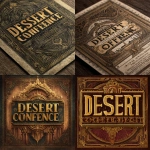
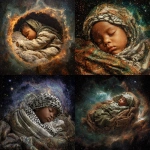
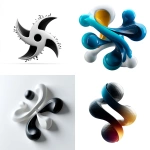


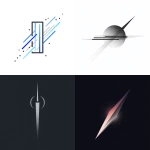




](https://images.ai-img.art/thumbnails/150/9127f72c6be19d533c26ac476f4d216cd89a6a2d7c351333489a3eff30c3ec5a.webp)
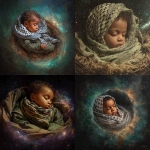








](https://images.ai-img.art/thumbnails/150/336026613fd234b8d6908fe18ecc09b2b2ecf7b8dfe294742041c9862dc499c1.webp)
](https://images.ai-img.art/thumbnails/150/b90a5f332cb5d8f02116934e13abd20233e0eeb2368274dbdffaa2e281e4dff5.webp)
](https://images.ai-img.art/thumbnails/150/24610c8978ce6b4f1ced8639b434482871adb07e38af8b90cd535f2533bf18cc.webp)
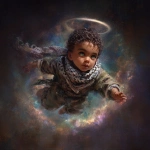


](https://images.ai-img.art/thumbnails/150/4a4f2a16da94ebadad64aeb3b0fb4e64d426431f1d651cc4929142c728fe85b7.webp)


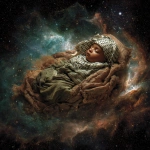


](https://images.ai-img.art/thumbnails/150/d29fcfc8037938184a641f7980e1102e24a6e82088bc465886d26ffe5bb006c7.webp)




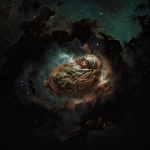
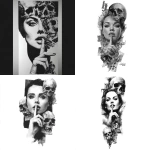


](https://images.ai-img.art/thumbnails/150/37f115f2fa75765b87e6d3e2c9f1b0a80a6a46efa8b864a05278c7fc0a0a62e7.webp)
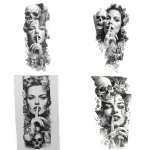

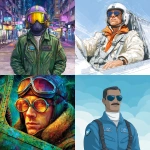
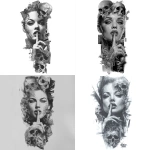


](https://images.ai-img.art/thumbnails/150/85464d88f1d4314cd042a02a6f41440fc3b4343db529794cbe8e6836fdadf409.webp)